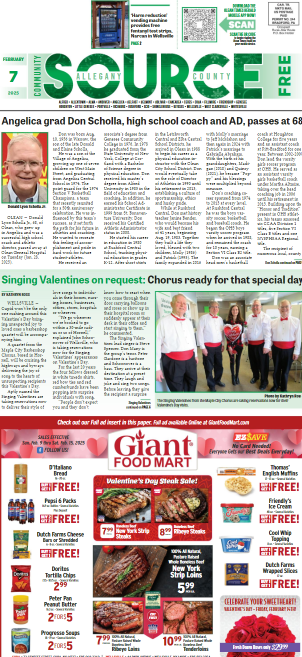Pitt-Bradford students Austin Stout Peters, left, and Hayden Goldsmith, center, talk with a member of the Virginia Tech Baja race team at the Society of Auto Engineers’ Baja race for college teams in Arizona last month. The students made the trip with Pitt-Bradford Baja Race Club adviser Dr. Ovidiu Frantescu to prepare for building their own car in the 2025-26 academic year.
Local News, News
June 16, 2025
Pitt-Bradford Baja Racing Club makes trip to Arizona race
BRADFORD, Pa. — To understand the engineering challenges they had set before them, members of the ...







